When entering the mountains, you do not want to encounter dangerous wild animals as much as possible.
Bears, in particular, can be life-threatening if attacked. With bears causing damage on a daily basis, it would be desirable to take measures as much as possible in order to prevent personal injury before it happens.
This autumn, in particular, it is predicted that there will be poor harvests of nuts such as beech, which are the food of Asian black bears, in some areas, and the possibility of bears appearing in human settlements will be higher than usual, so sufficient caution is required.
Types of bears in Japan
Two kinds of bears live in Japan. The first is the "brown bear" and the second is the "black bear".
Both have sharp claws and large teeth, they are very strong and can run at speeds of 40 to 50 kilometers per hour. About 40% of the land in Japan is inhabited by bears, and most of their habitats are forests.
However, in years when the forests have poor fruit harvests, they may approach human settlements in search of food. They are often portrayed as cute characters on TV, but in reality, there are many reports of personal injury, so you should be aware that they are dangerous animals.
In recent news, there have been several casualties.
▶ Two men were injured after being attacked by two bears / Iwate, Kamaishi City
▶ A man is bitten by a bear / Kanuma City, Tochigi Prefecture
▶ A man attacked by a bear "I thought I was going to die" / Hirosaki City, Aomori Prefecture
▶ Second casualty in Fukui Prefecture after being attacked by a bear / Obama City, Fukui Prefecture
brown bear
In Japan, it inhabits only about half of Hokkaido. The population in Japan is said to be 2,000 to 3,000, and the Shiretoko Peninsula in Hokkaido, which is famous as a tourist spot, is known for its high population density.
It is a large mammal with a body length of 220 cm to 230 cm and a weight of 150 kg to 250 kg. They are omnivorous, with plants as their staple food, and they change what they eat depending on the season. From spring to early summer, butterbur (Akitabuki/Oobuki) is eaten most, and young leaves of other plants such as cloud, nettle, and Asian skunk cabbage are also eaten.
In the summer, when soft, digestible plants are scarce, they eat insects such as ants and bees to compensate for the lack of plant food. Also, from summer to autumn, they eat the fruits of climbing plants such as argassinus var. var. var.
Asiatic black bear
They live in the mountains of Honshu and Shikoku (33 prefectures). Estimated population is 8,400-12,600. In the past, Asian black bears also lived in Kyushu, but they have not been confirmed for about 50 years.
It is a large mammal with a body length of 110 cm to 150 cm and a weight of 80 to 120 kg. Its main habitat is in deciduous broad-leaved forests, and more than 90% of its food consists of plants. In spring, they feed on budding beech leaves and other plants.
In summer, they eat many insects such as ants and bees. In autumn, they eat a lot of fruits such as beech, quercus oak, and mizunara oak.
How to avoid an unexpected bear encounter?
Point 1: Keep bears away from human settlements
To prevent bears from approaching human settlements casually, cooperate with your community to create an environment that is difficult for bears to use, remove their favorite food, and do not feed bears or leave garbage.Bears think of humans as a source of food, especially when it comes to feeding and littering. Even the slightest carelessness or inappropriate human behavior, such as throwing away household waste near bear habitat, can attract bears and lead to unforeseen consequences such as personal injury.
Point 2: Let the bear know you are there
Although there are individual differences, bears generally avoid humans. Therefore, it is important to send a signal to the bear that humans are there by wearing a bell. The effect will be enhanced if the bell body is attached so that it swings widely (for example, wearing the bell on a long key holder).★Inohoi's recommended bear bell
You can switch the sound ON/OFF by pulling it with one hand.- normal size
- big size
Point 3: Be careful when bears become aggressive
Be aware that you may be attacked unexpectedly if you encounter a bear in the following situations.
・When approaching a cub with a cub
・Breeding season
・When injured or hungry
・When other people touch things in the territory (for example, if there are crops in the territory, they may become aggressive towards humans harvesting)
・When excited by stimulation
・When you smell volatile substances (gasoline, creosote, etc.)
What to do if you encounter a bear
Bears that actually attack people are rare, so there's no need to be afraid of them, but you should know what to do in case you do encounter one.Stage 1: The bear doesn't notice you
While carefully checking the movement of the bear, leave the area quietly and slowly without making any noise.Stage 2: When the bear is aware of you
Keep your back on, keep your eyes on the bear, and slowly back away to increase your distance. Don't turn your back or run away. Not only is it impossible to run faster than a bear, but it is also dangerous due to its strong tendency to chase anything that runs.
Also, avoid throwing objects or attacking the bear, as this will only provoke and excite the bear.
Stage 3: When a bear approaches you
Again, never turn your back or run away. If you carry bear spray , keep it quiet and spray it in your face when the bear is within 5 meters of you.
I think it's difficult to deal calmly in this situation, but be careful not to accidentally explode the spray or self-destruct (such as spraying from downwind and falling on yourself).
Click here for sales page of bear repellent spray>>
Stage 4: When Attacked
You can't do anything in a situation where you can't calmly prepare a spray, such as when you suddenly appear from close and get attacked. Lie on the ground (on your belly to protect your internal organs), guard your neck with your hands, and wait for the bear to leave.Stage 5: When you are attacked persistently and have no other means but to fight
It is better to avoid attacks as much as possible because counterattacking half-heartedly may make you frenzy, but if you are in a situation where you will be killed without resistance, you have no choice but to attack. Attacking a body with thick hair or skin will have little repulsive effect, so it is best to use a long blade to slam the tip of the nose.
★This article is also recommended: All-purpose machete, Fukuronagasa's appeal

 箱罠
箱罠
 くくり罠
くくり罠
 パーツ類
パーツ類
 電気柵
電気柵
 自作キット
自作キット
 防獣グッズ
防獣グッズ
 監視カメラ
監視カメラ
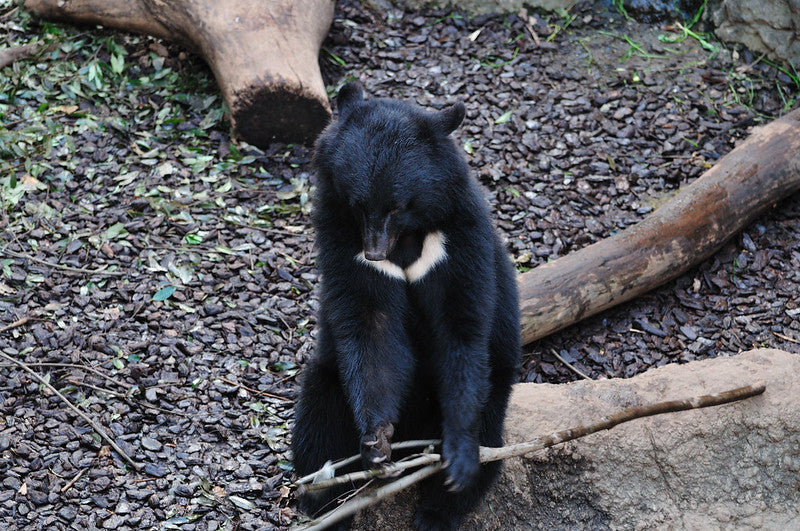
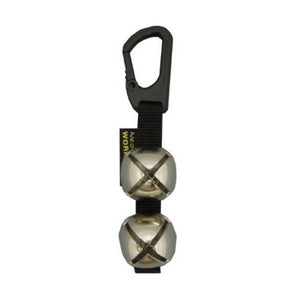
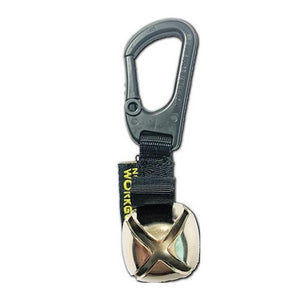
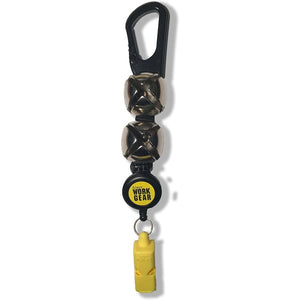
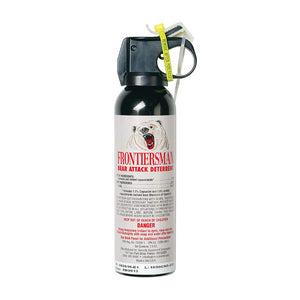
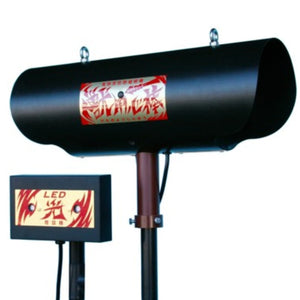
 box trap
box trap
 tying trap
tying trap
 enclosure trap
enclosure trap
 Prevention and avoidance goods
Prevention and avoidance goods
 electric fence
electric fence
 trap surveillance camera
trap surveillance camera
 transportation goods
transportation goods
 Trap detection sensor
Trap detection sensor
 hunting supplies
hunting supplies
 hunting books
hunting books
 Anti-bird goods
Anti-bird goods
 Agricultural materials/machinery
Agricultural materials/machinery
 boar
boar
 deer
deer
 Kyon
Kyon
 monkey
monkey
 raccoon
raccoon
 Badger
Badger
 palm civet
palm civet
 raccoon dog
raccoon dog
 nutria
nutria
 mouse or rat
mouse or rat
 Mole
Mole
 bear
bear
 pigeon
pigeon
 Crow
Crow







